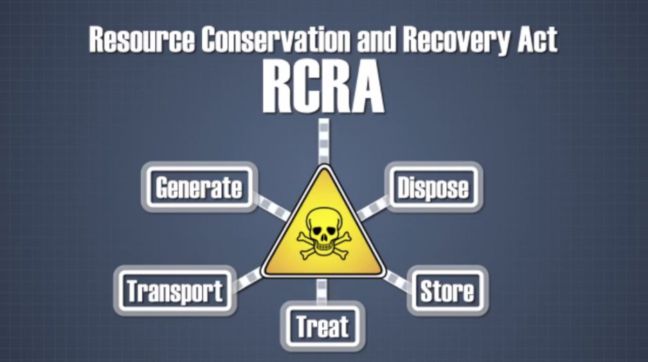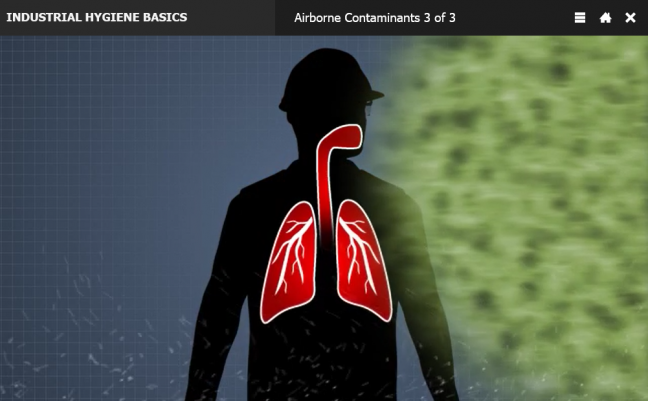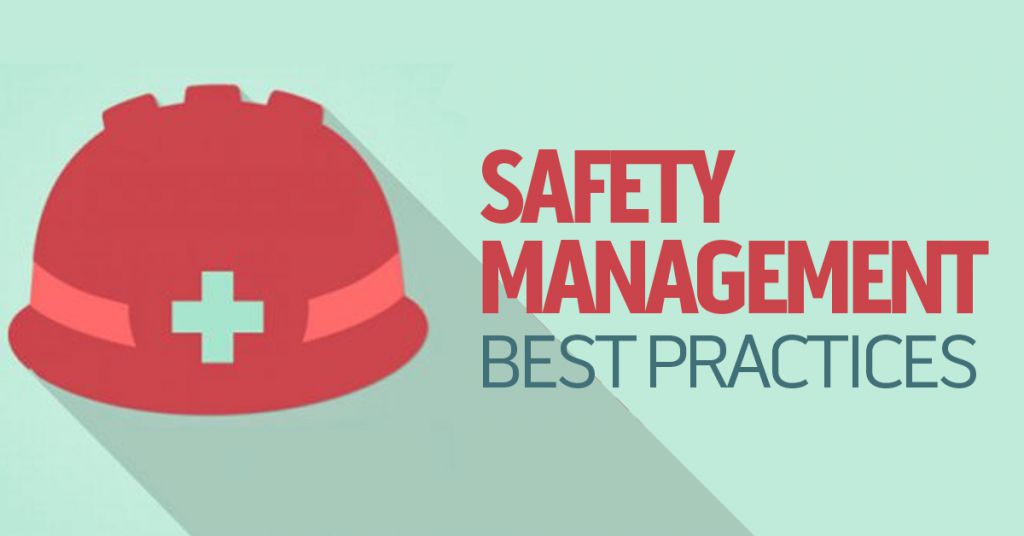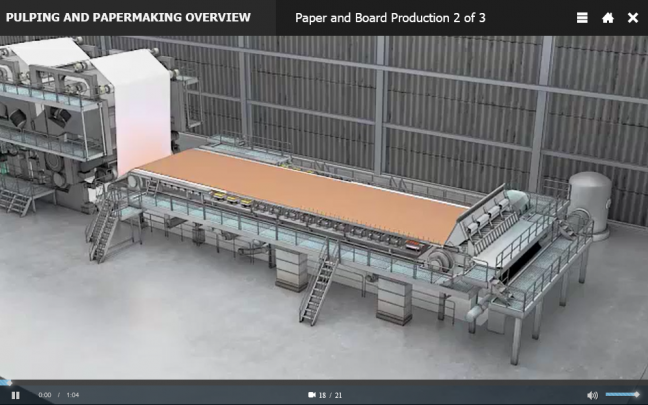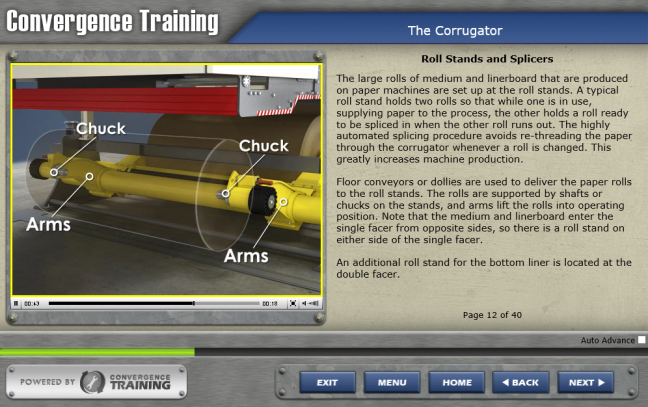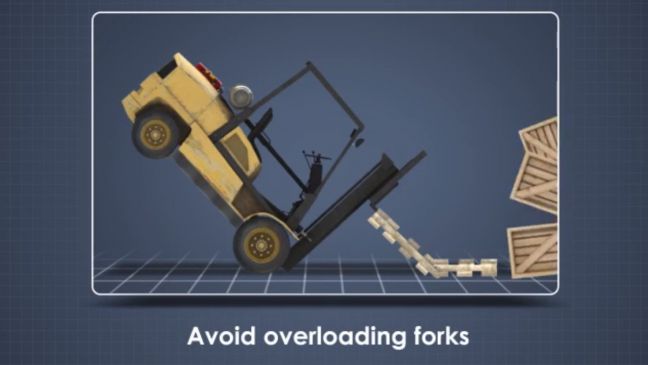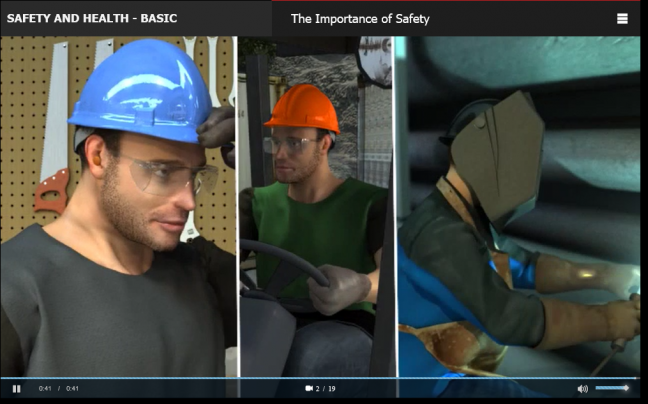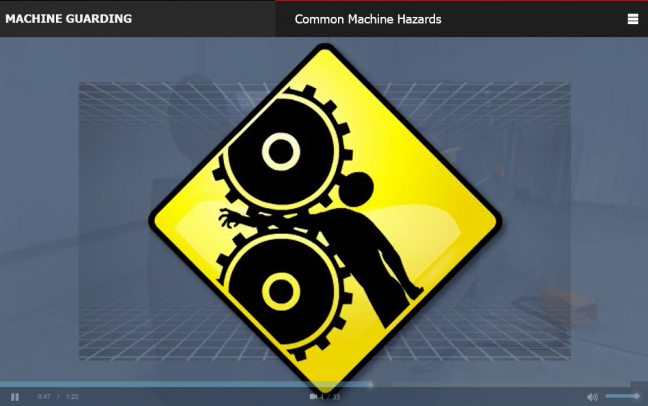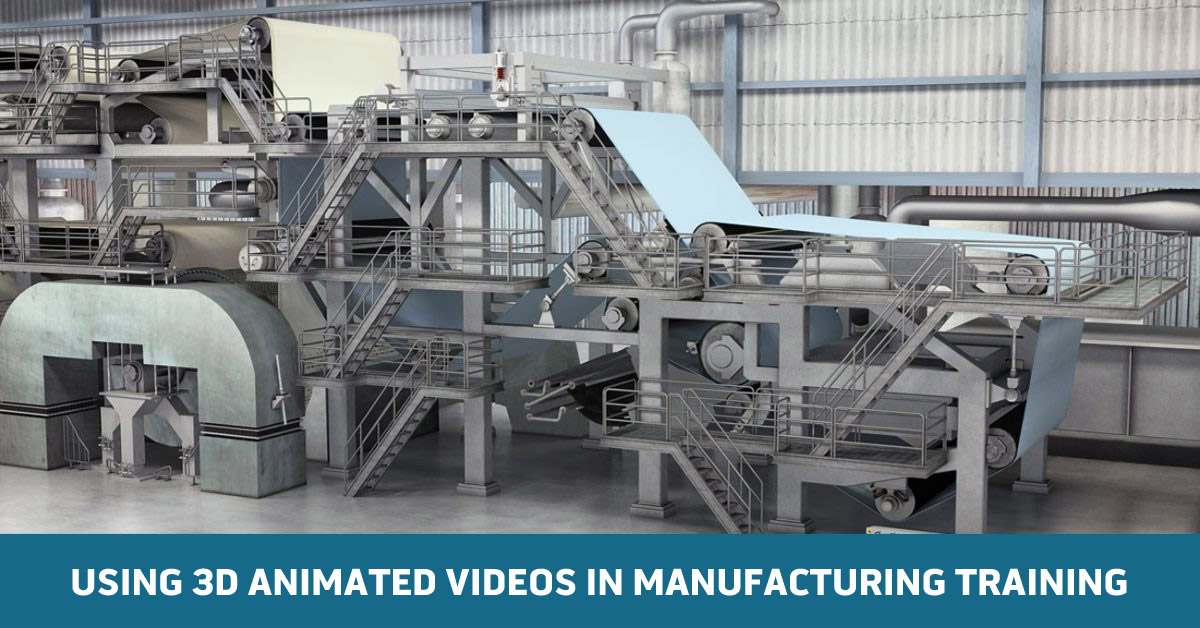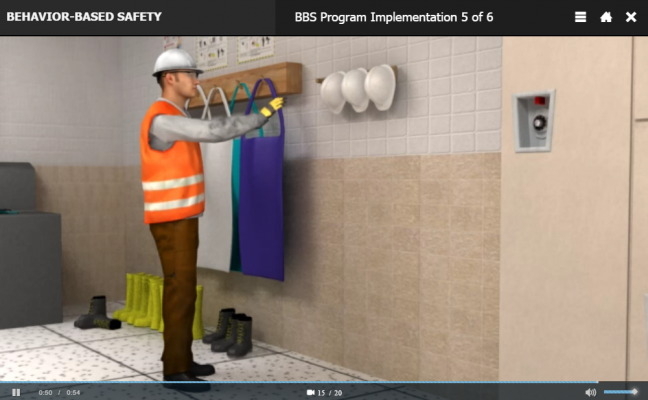
Behavior-based safety training programs are important in any company, but they are especially vital in the manufacturing and industrial sectors where heavy machinery can easily hurt you or one of your coworkers.
Promoting a strong workplace safety culture is a team effort because each employee plays a role in ensuring the safety of themselves and their coworkers. Safety training is not only important for keeping workers safe, but it can also lead to higher profits and more satisfied workers.
